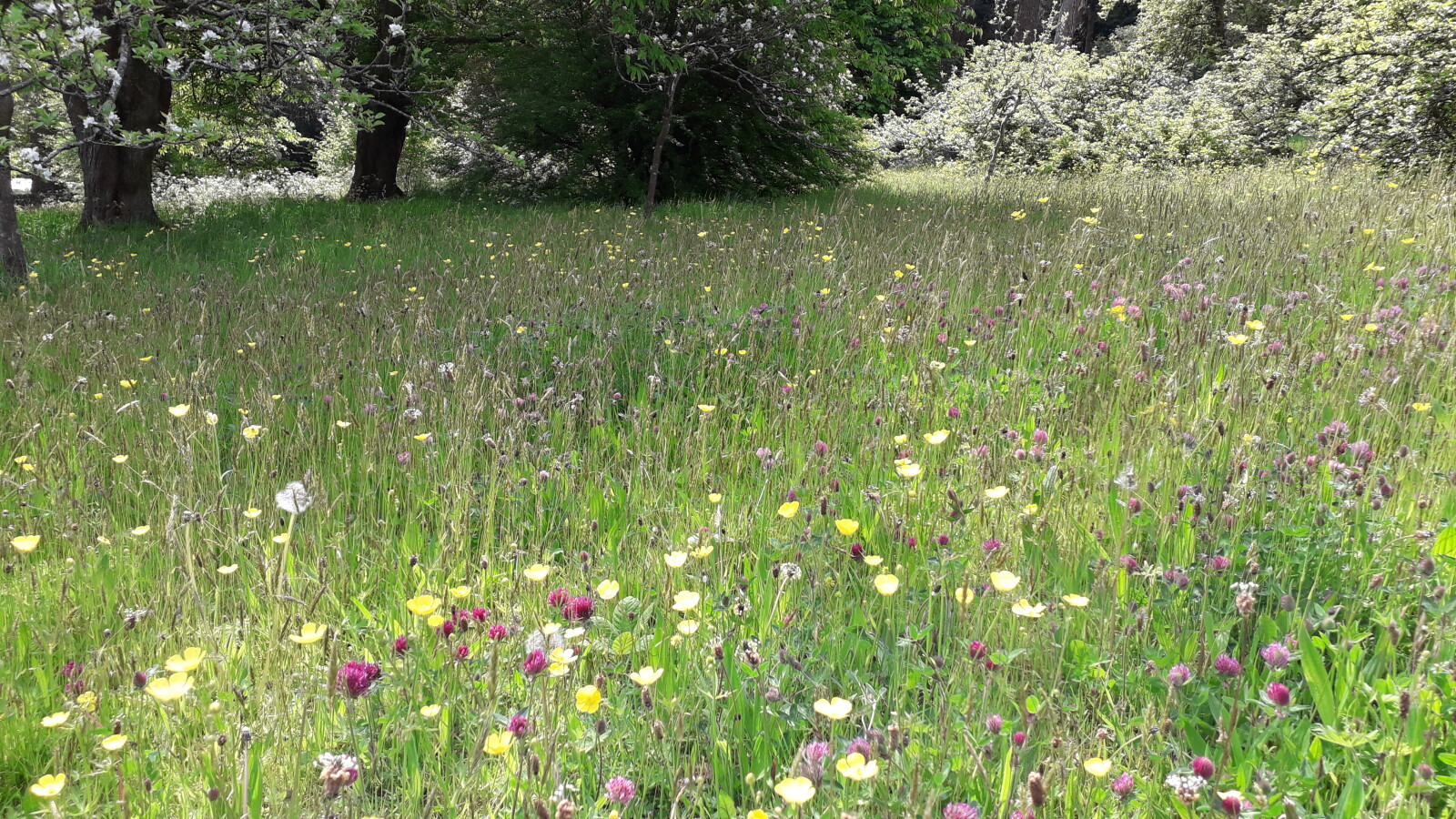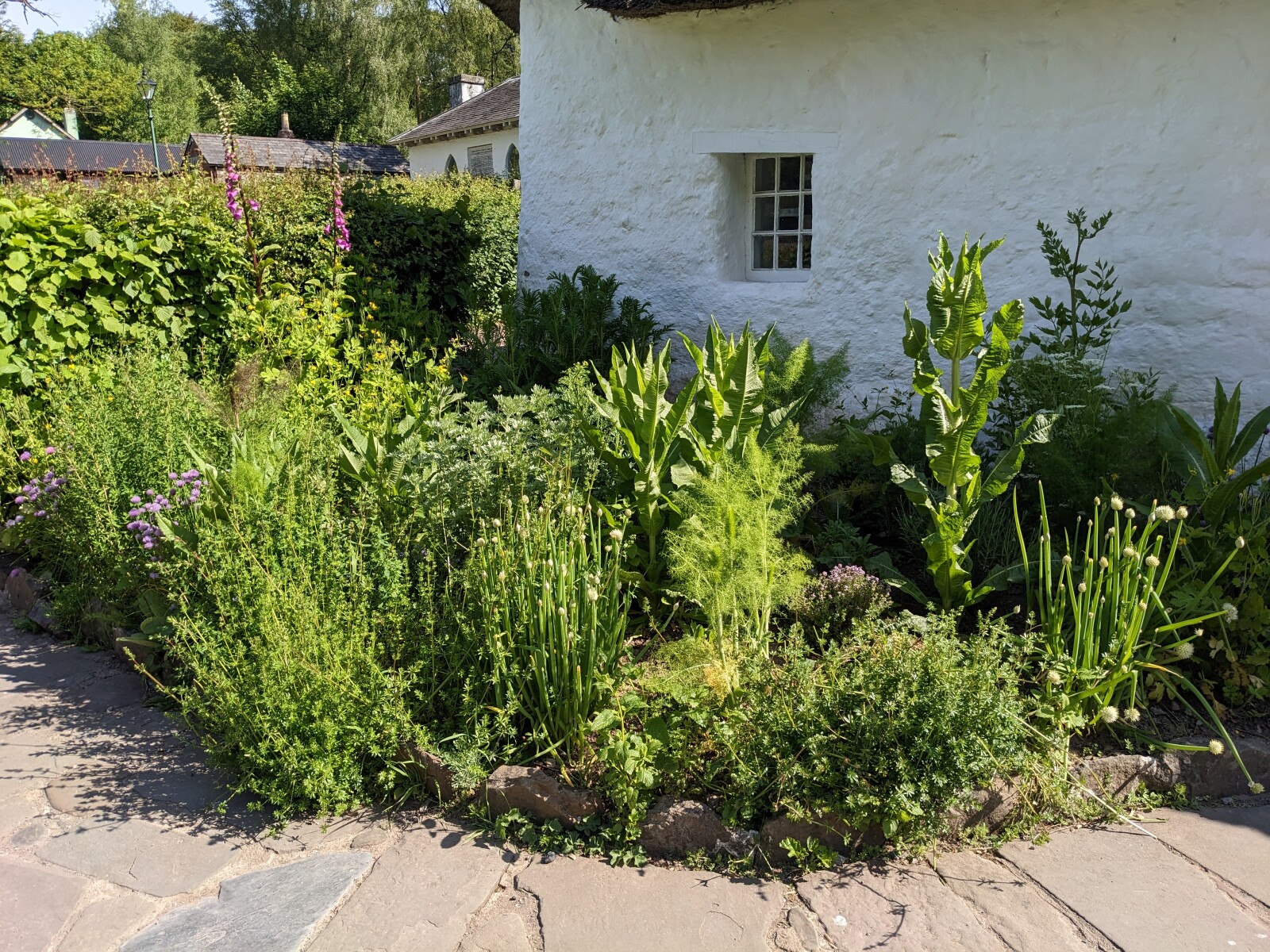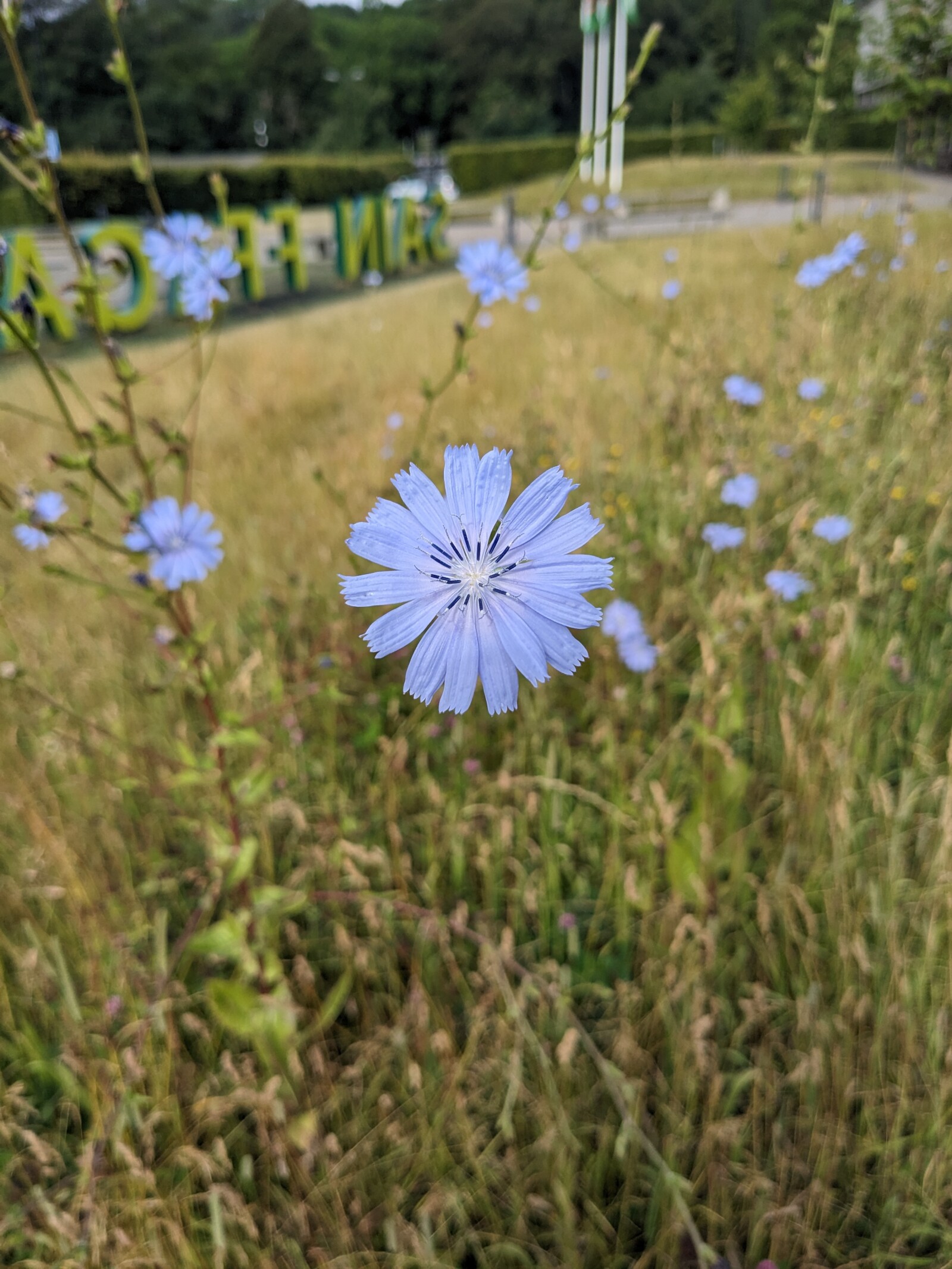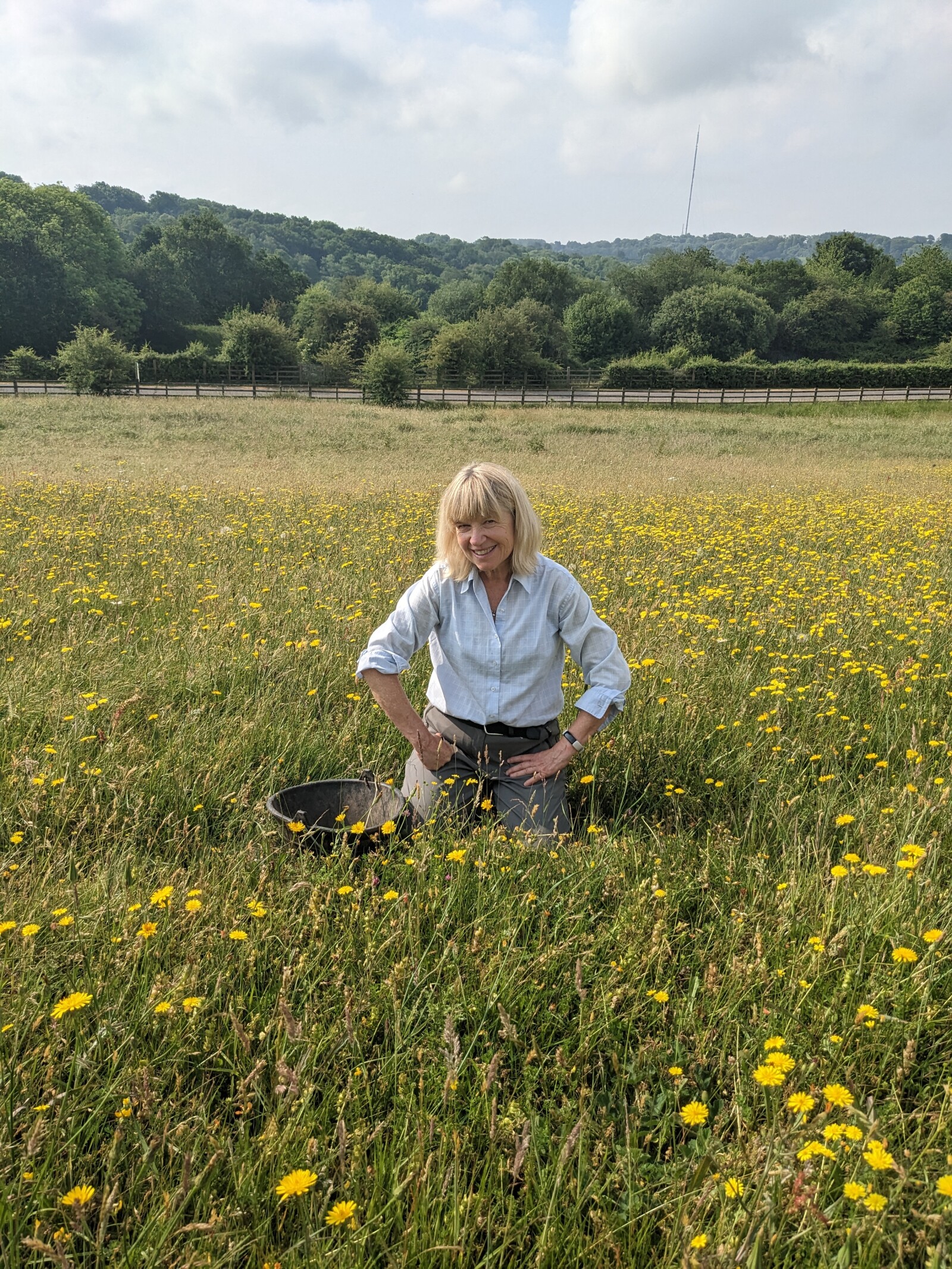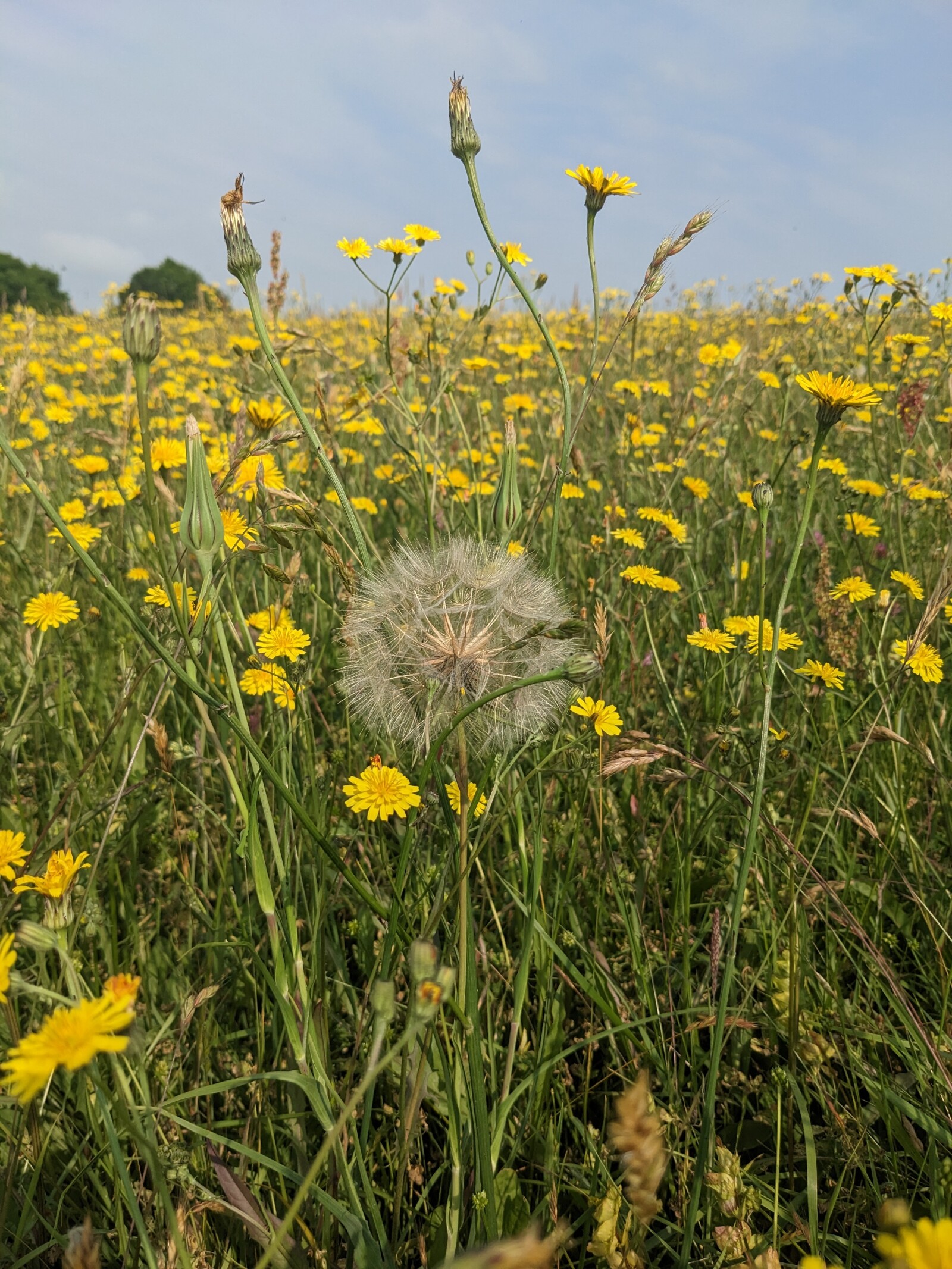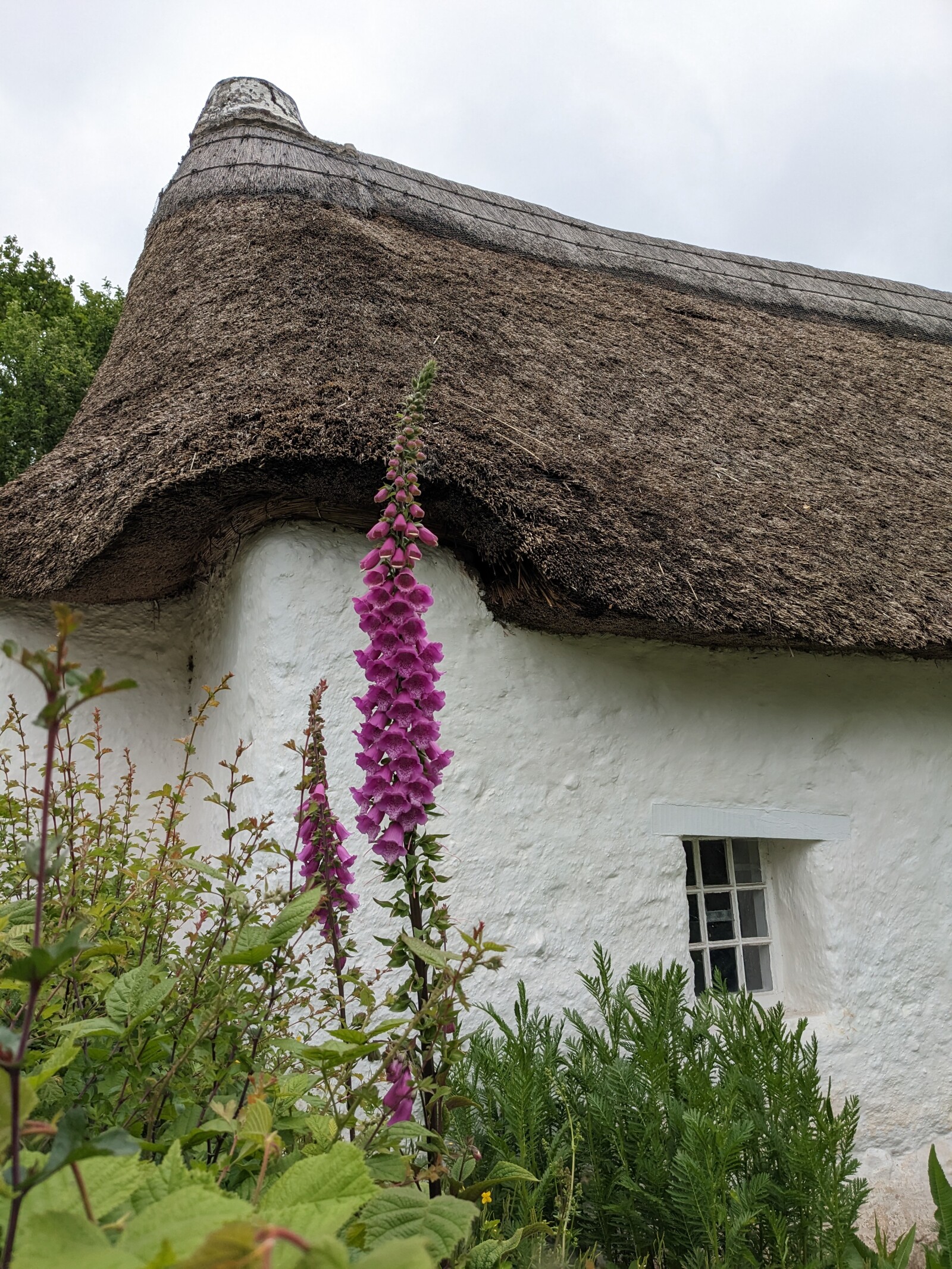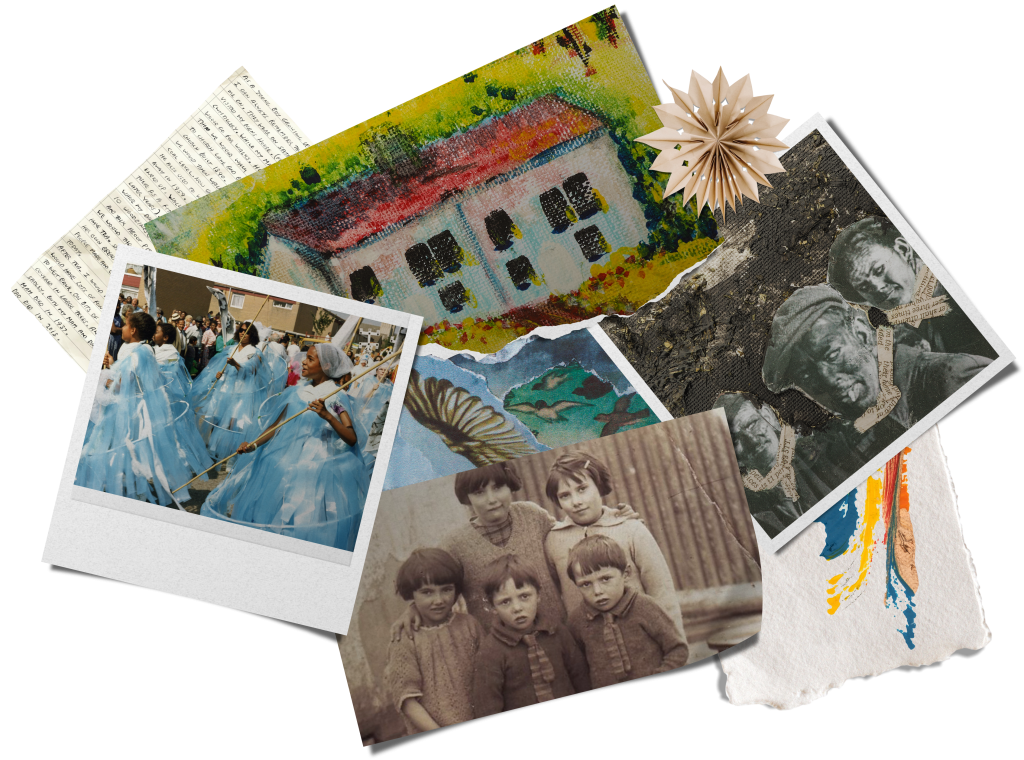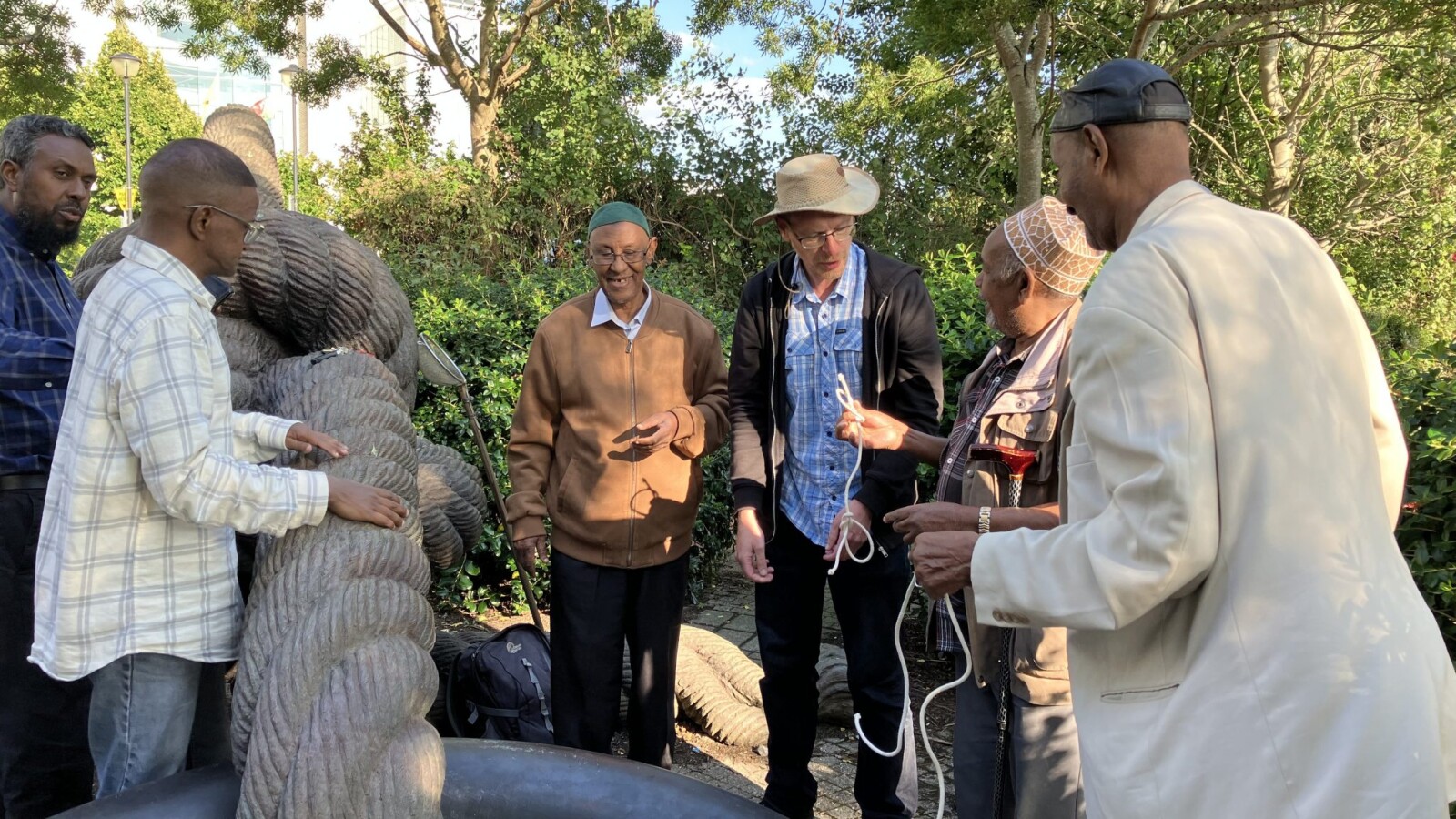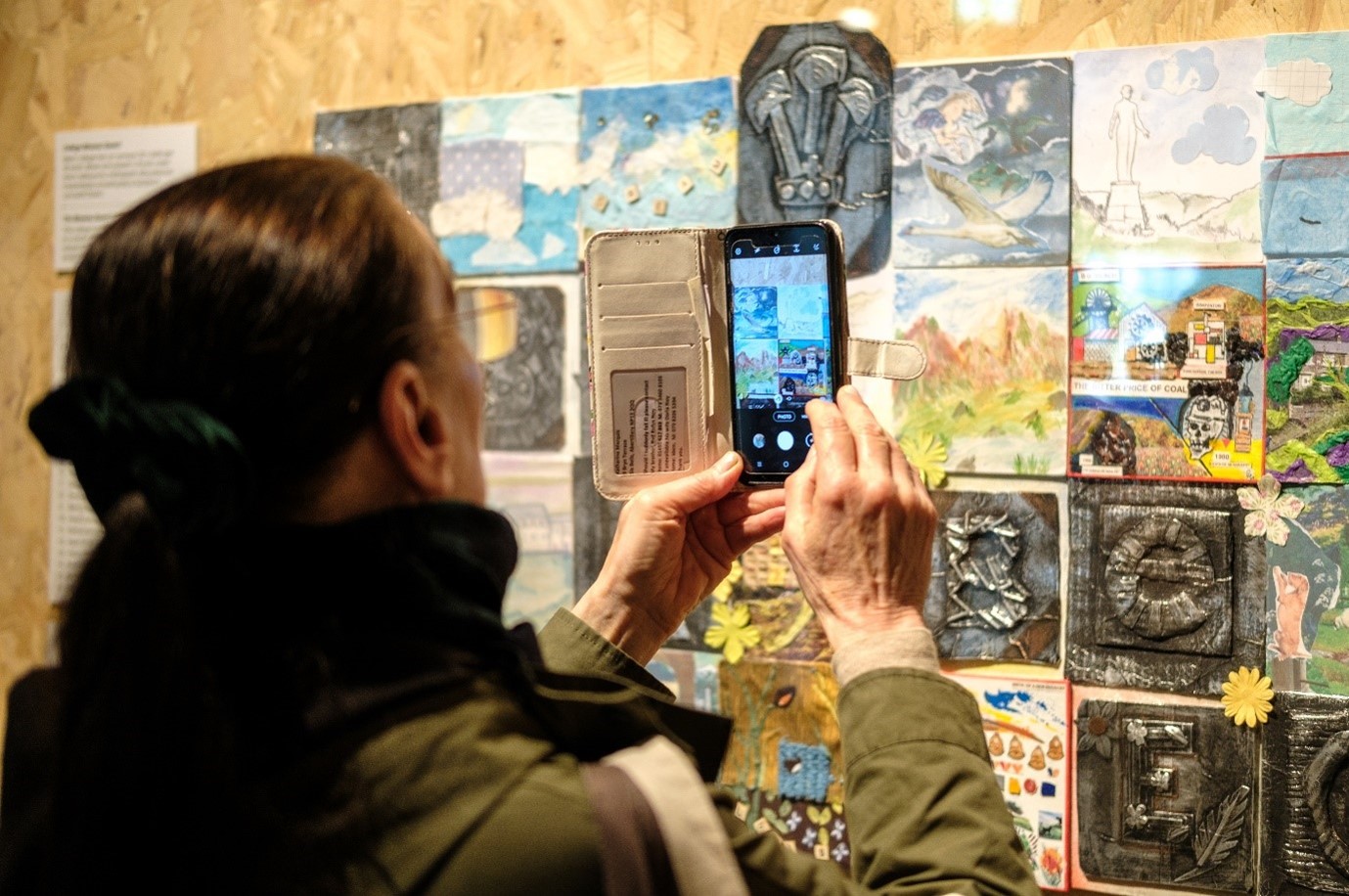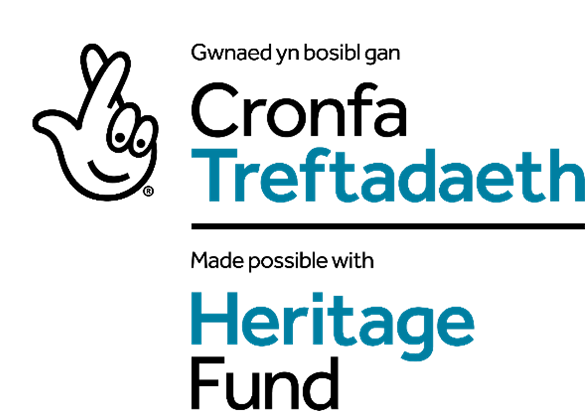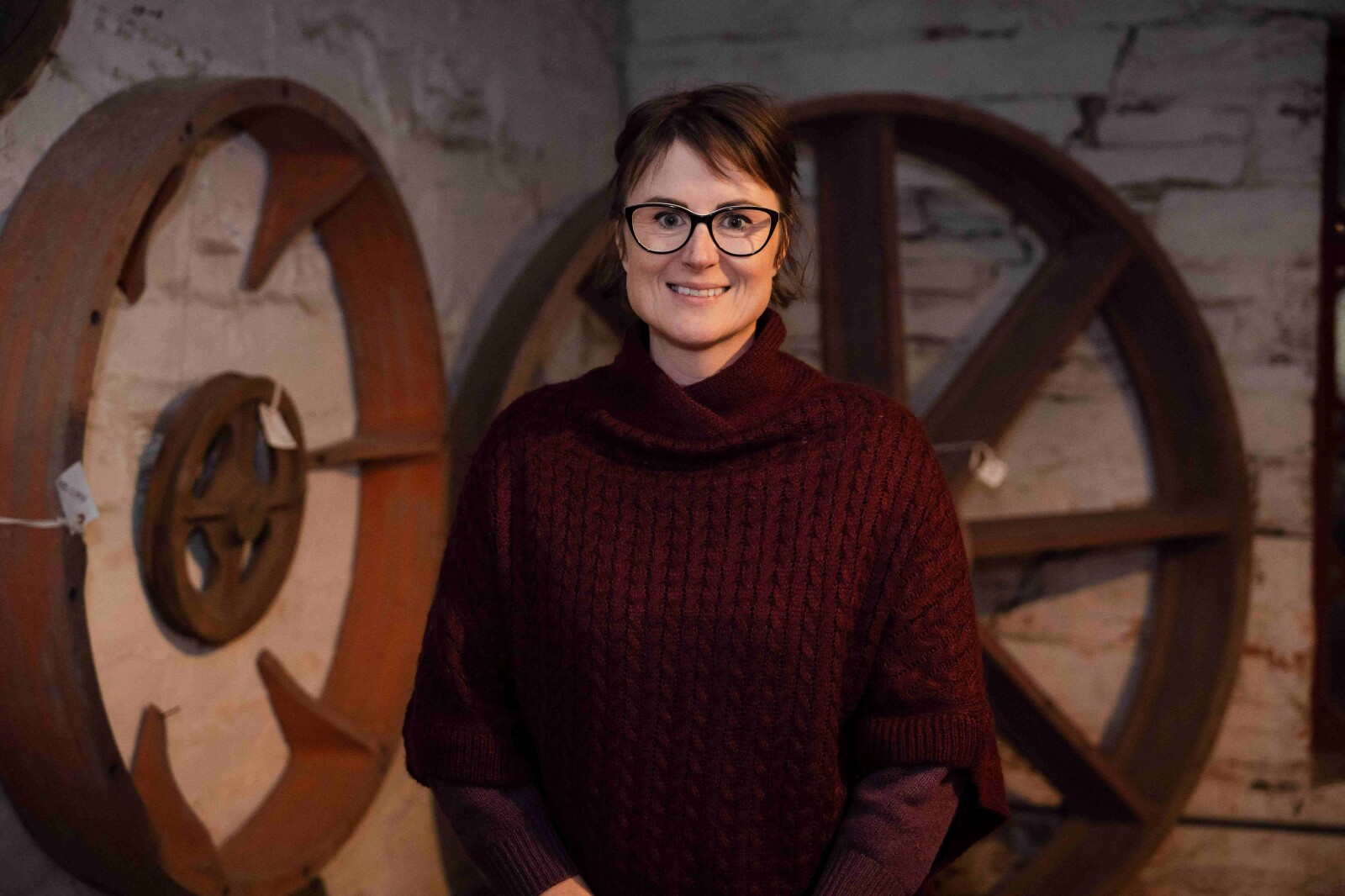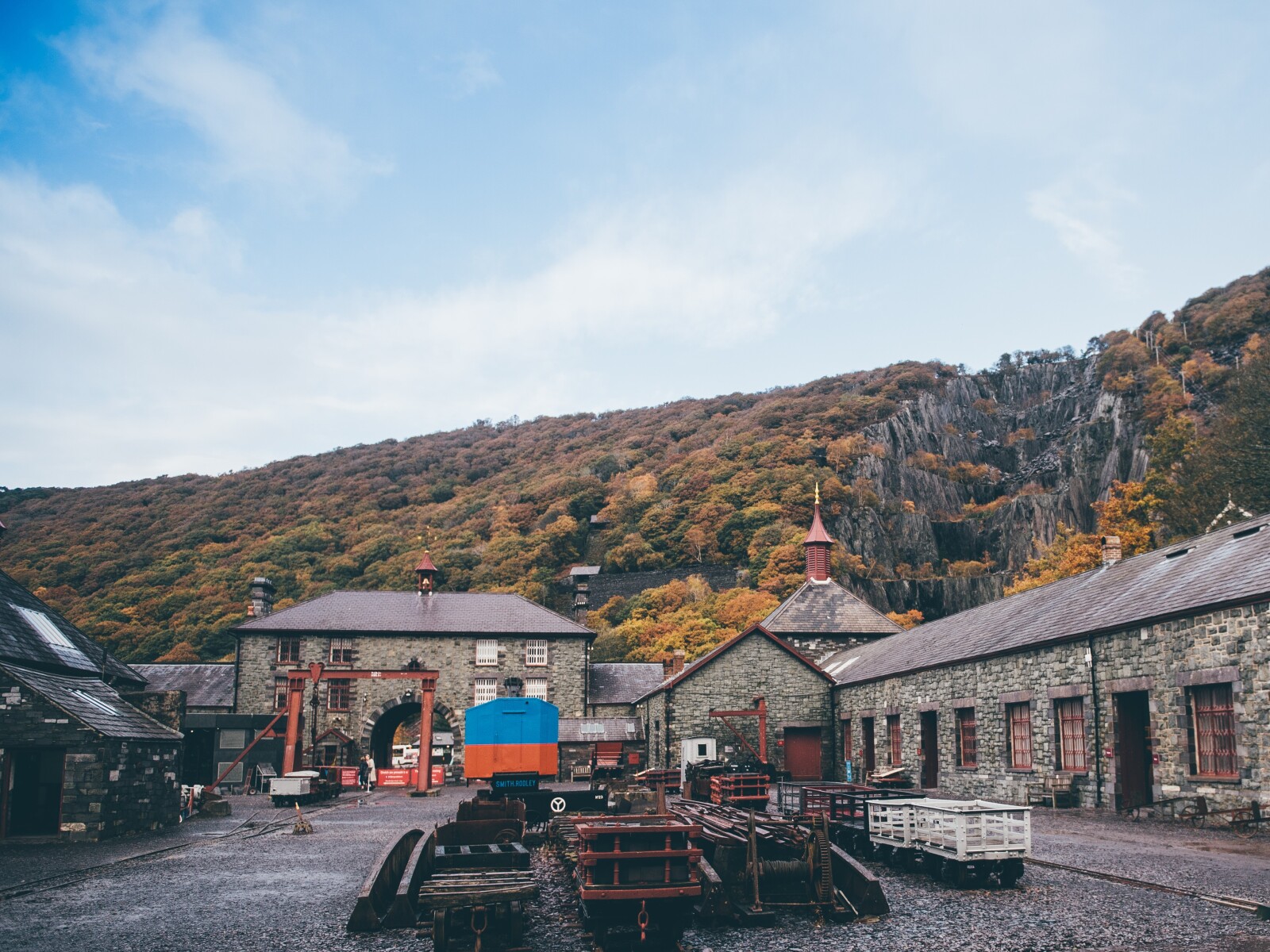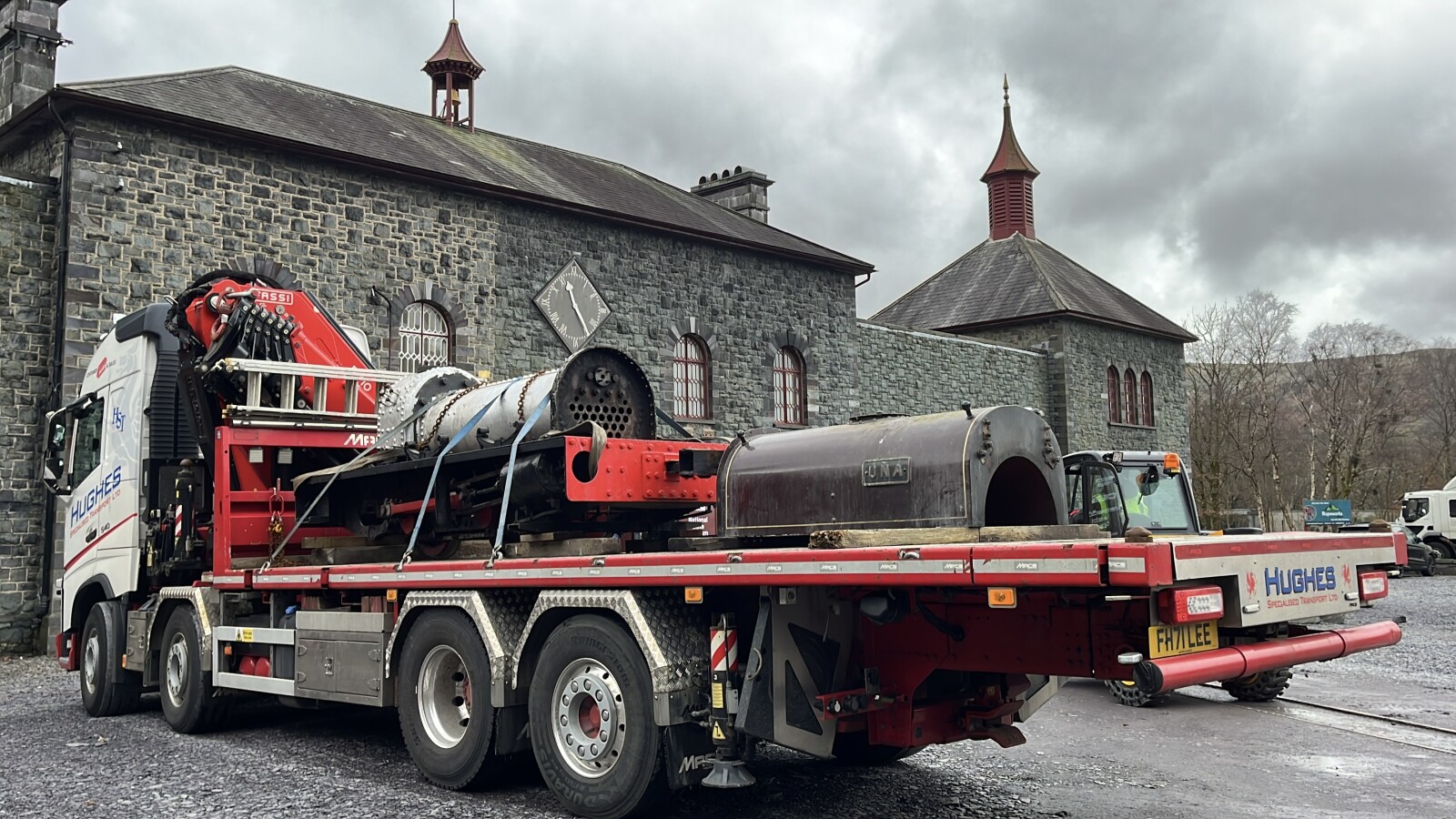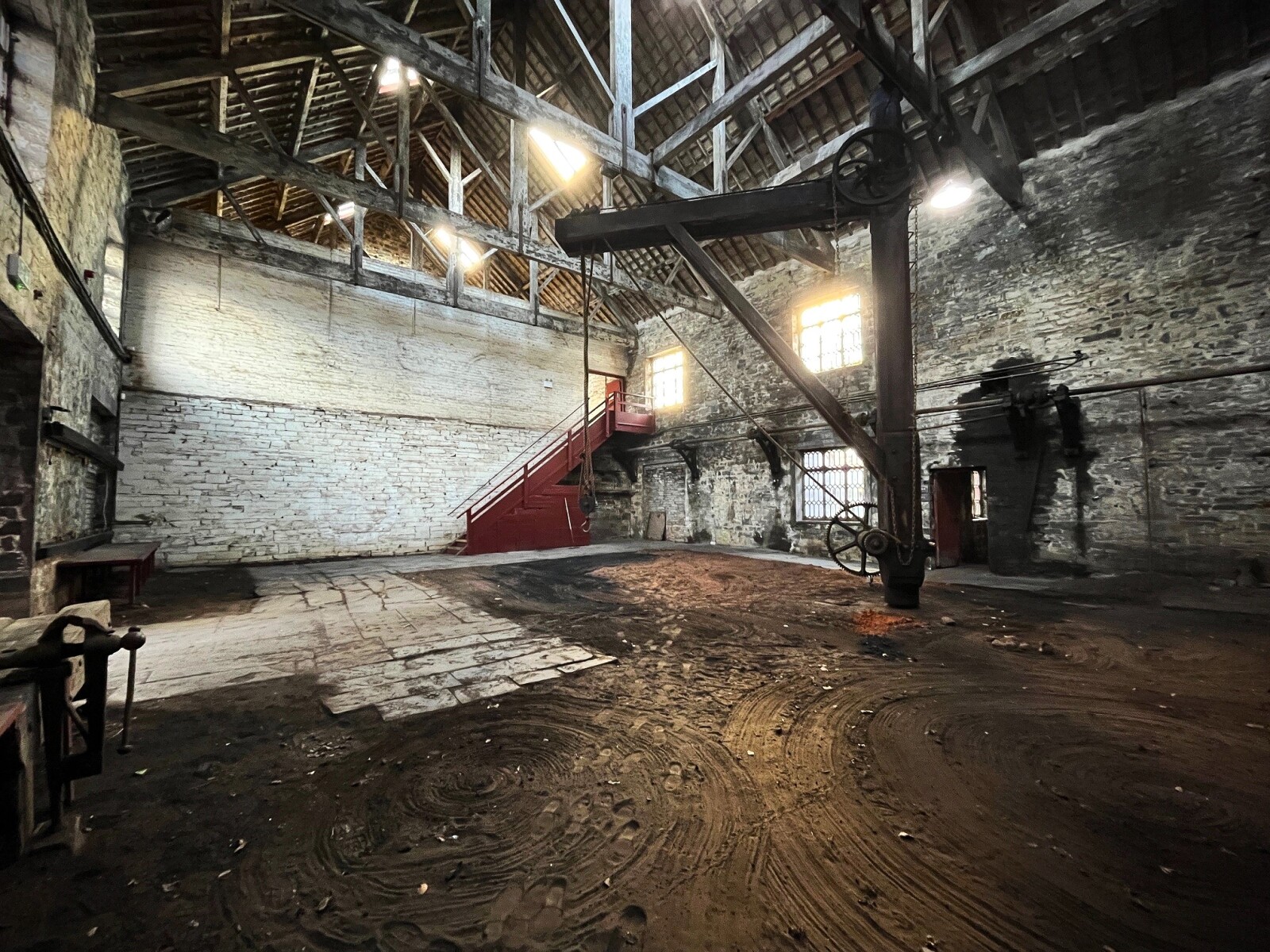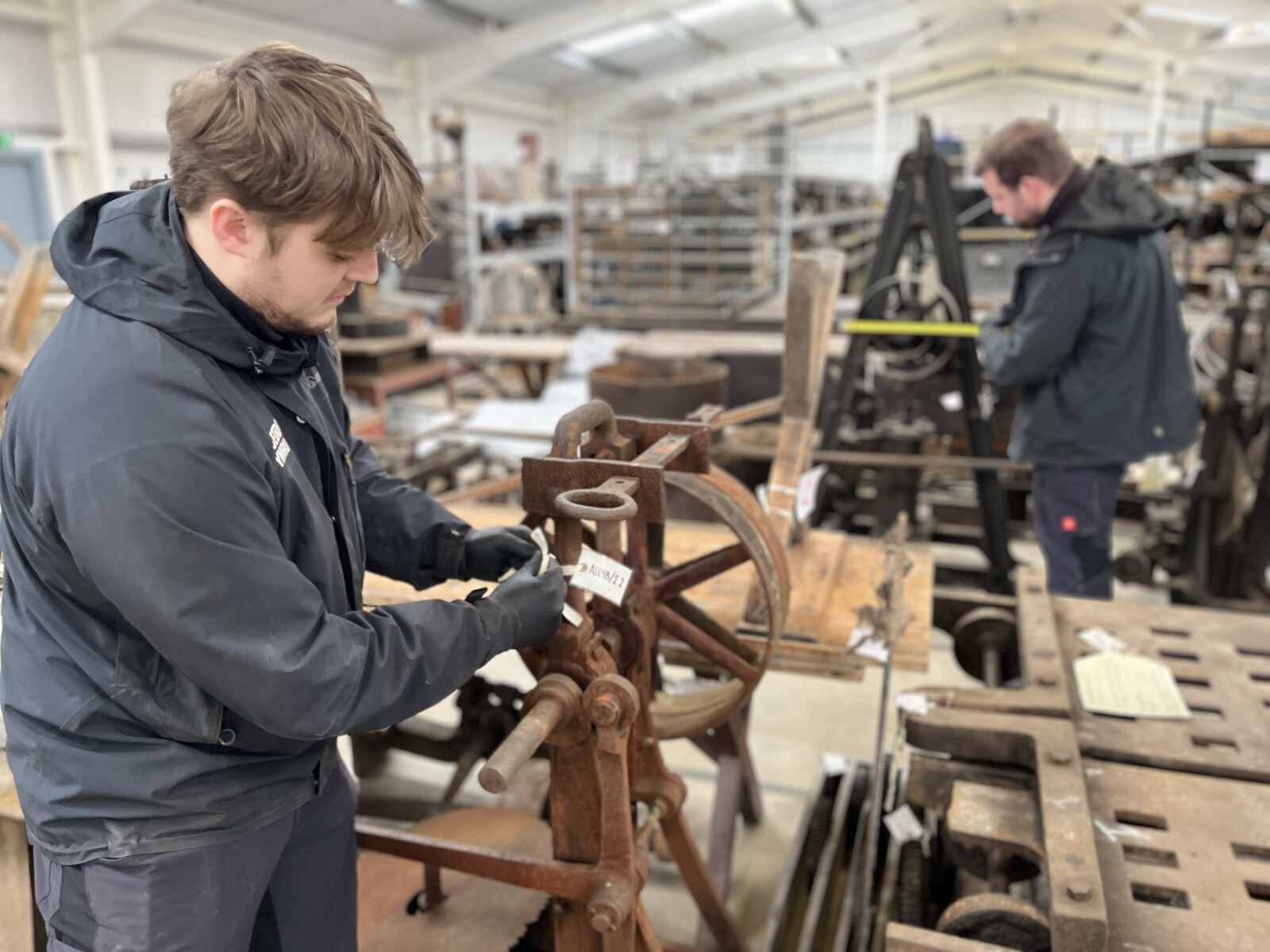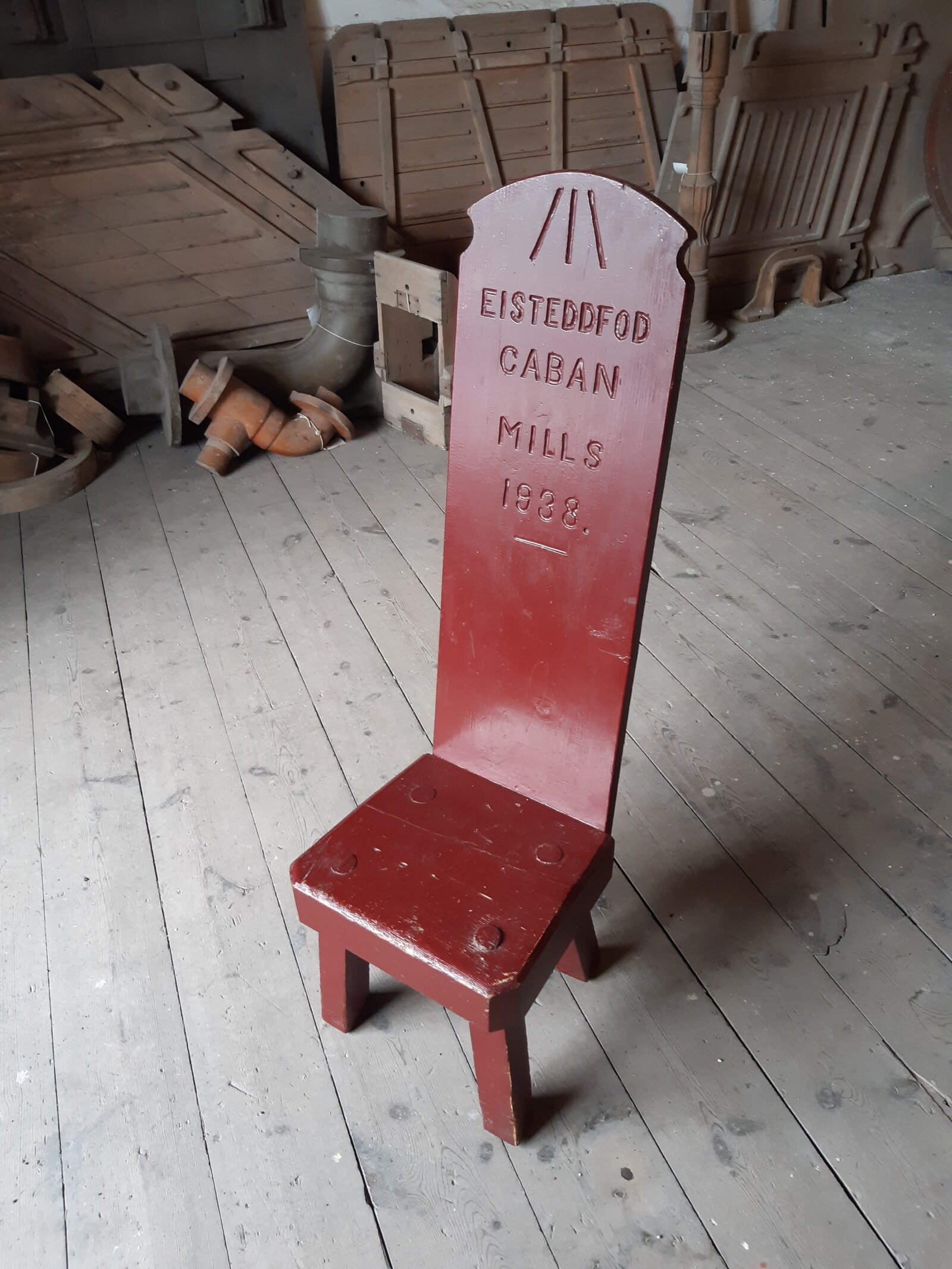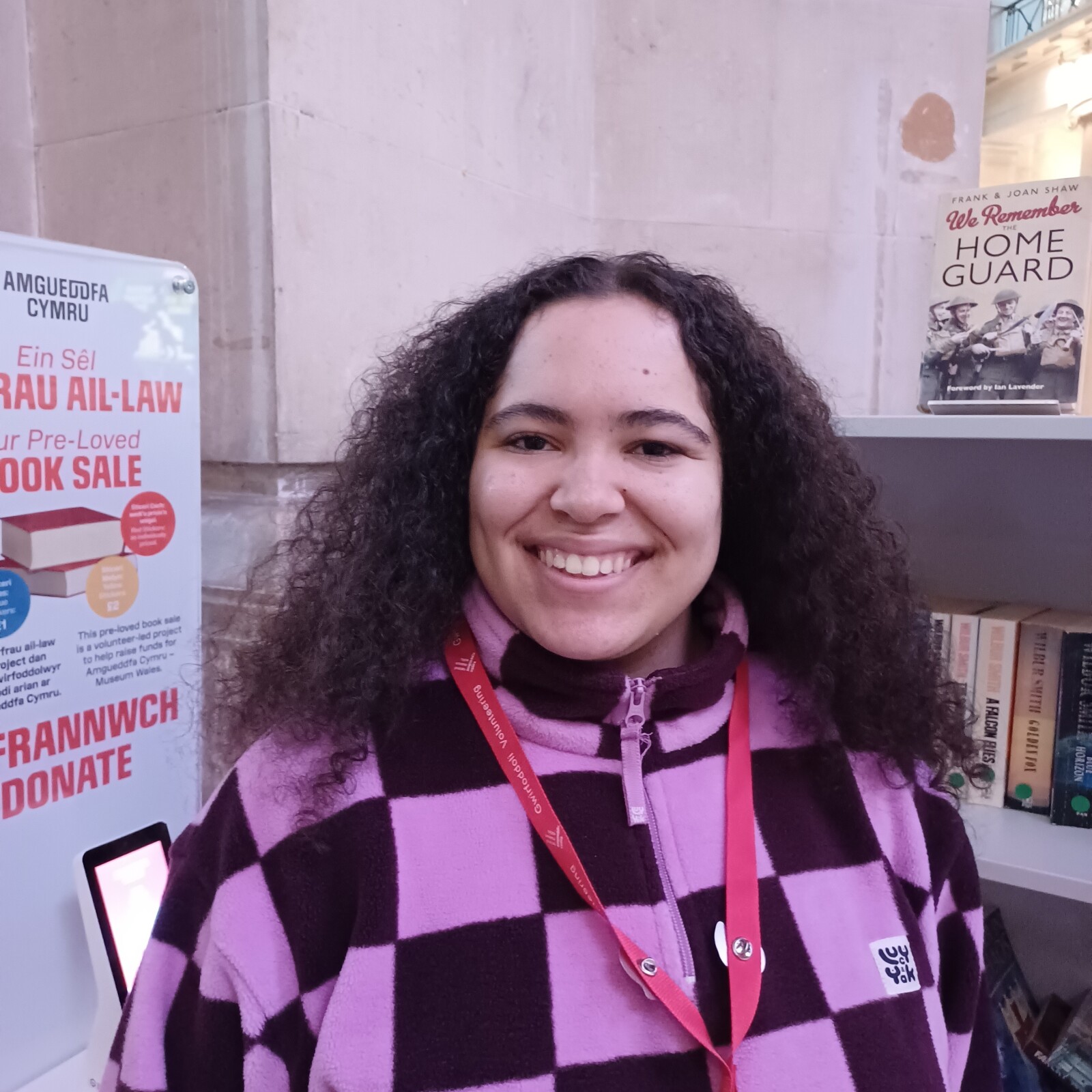Wildflowers of St Fagans
, 7 April 2025
In spring and summer, the grounds of St Fagans National Museum of History come alive with colour as wildflowers bloom across meadows, hedgerows, and gardens. These flowers are not only beautiful but have played an important role in Welsh rural life for centuries. From the wildflower meadows at the museum to the herbs grown in traditional cottage gardens, these plants connect us to the land and history of Wales.
St Fagans is home to several wildflower meadows, each carefully managed to support biodiversity. At the front of the museum, a meadow welcomes visitors with a mix of native wildflowers, buzzing with pollinators throughout the summer. Another special meadow can be found in the apple orchard in the castle gardens; this Coronation Meadow is part of a UK-wide initiative to restore wildflower-rich grasslands. Among the wildflowers found in these meadows are yellow rattle, a plant known as the "meadow maker" for its ability to weaken grasses and allow other flowers to flourish and the dandelion, whose jagged leaves resemble a lion’s teeth. Daisy meaning "day’s eye," opens with the morning sun and closes at dusk. In nearby woodlands, bluebells or “cuckoo bells,” carpet the ground in a sea of blue; their name is linked to the arrival of spring and the call of the cuckoo.
Wildflowers have long been a part of Welsh cottage gardens too. Several historic houses at St Fagans such as Nantwallter, Abernodwydd, and Hendre’r-ywydd Uchaf, feature herb gardens where families grew plants for cooking and medicine. These gardens are recreated using traditional methods and appropriate plant varieties to reflect the way of life of their former inhabitants.
The garden of Nantwallter represents a farm labourer’s garden in Carmarthenshire in the late 18th century, when families relied on their gardens for food, medicine, and household essentials. The family would have been largely self-sufficient, growing vegetables and herbs. Alongside cultivated crops, they gathered wild plants for their practical and medicinal properties. These gardens would have included plant like tansy, an aromatic plant once used to repel insects, betony which was used in traditional treatments for headaches and anxiety and was commonly used to treat wounds.
Many of these medicinal plants were also used by the Physicians of Myddfai, legendary healers from Carmarthenshire whose herbal knowledge was recorded in medieval manuscripts. The herb bed at Nantwallter contains plants linked to the Physicians, including fennel, wormwood and cowslips. These herbs treated all sorts of different ailments, and their use has been passed down through generations.
Wildflowers are not only a connection to the past, but they are also important for supporting wildlife. In recent years, initiatives like No Mow May have encouraged people to stop cutting their lawns for a month, providing shelter and food for insects such as bees, butterflies, and small animals.
During the summer, you can see wildflowers blooming at St Fagans. They were an important part of everyday life in the past, valued for their practical uses. Today, they are just as important, supporting wildlife and reminding us of the connection between people and nature through the ages.
